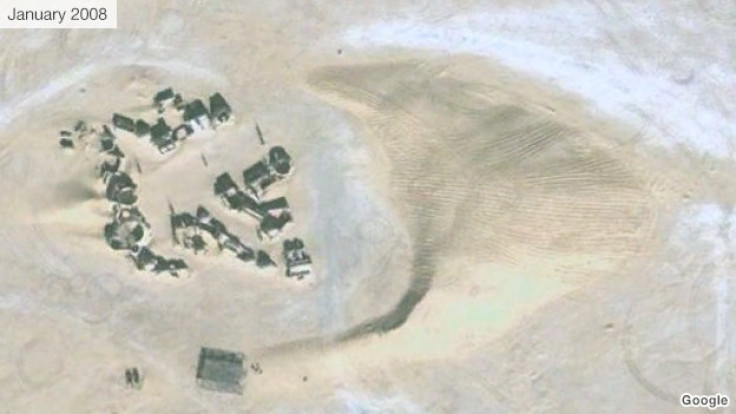Star Wars Tunisia Set Engulfed by Sand

A film set used in the Star Wars films could soon be buried by desert winds under giant sand dunes, say scientists.
Built in the Tunisian desert in North Africa, the city of Mos Espa was used in the Phantom Menace, Episode 1 as the home of the young Anakin Skywalker, who would become arch-villain Darth Vader.
The set is a popular destination with tourists, with thousands visiting from the nearby oasis town of Tozeur.
For several years, scientists have used the buildings to measure the movement of giant crescent-shaped dunes called barchans across the desert.
The study has shown that dunes on Earth move approximately 10 times faster than those on Mars, meaning buildings can be submerged in sand in a matter of years.
As well as Mars, barchans have been photographed on Titan, Saturn's largest moon.
The scientists, from Johns Hopkins University and Brigham Young universities in the US, and the University of Sousse in Tunisia, used satellite tracking to chart the progress of the barchan encroaching on Mos Espa, which they claim is moving at a rate of about 15 metres per year and has already reached some buildings on the town's fringe.
They said a similar fate awaited Mos Espa to that which overtook a nearby set used in Star Wars Episode IV: A New Hope, which was buried under a dune in 2003.
In time, they say the town will re-emerge, but is likely to have sustained serious damage from the barchan.
For obvious reasons, towns are generally not built in dune fields, so the dunes are usually allowed to travel as the wind dictates. But the scientists' report indicated an exception could be made here. It said: "Given the importance of this site to the tourism industry of Tunisia, it may be that it is a candidate for mitigation measures, not being pursued at present.
"These could include erecting fences or walls, bulldozing the approaching dune (which would take considerable effort and would have to be repeated with each oncoming dune), or moving the site out of the path of the dunes."
© Copyright IBTimes 2024. All rights reserved.






